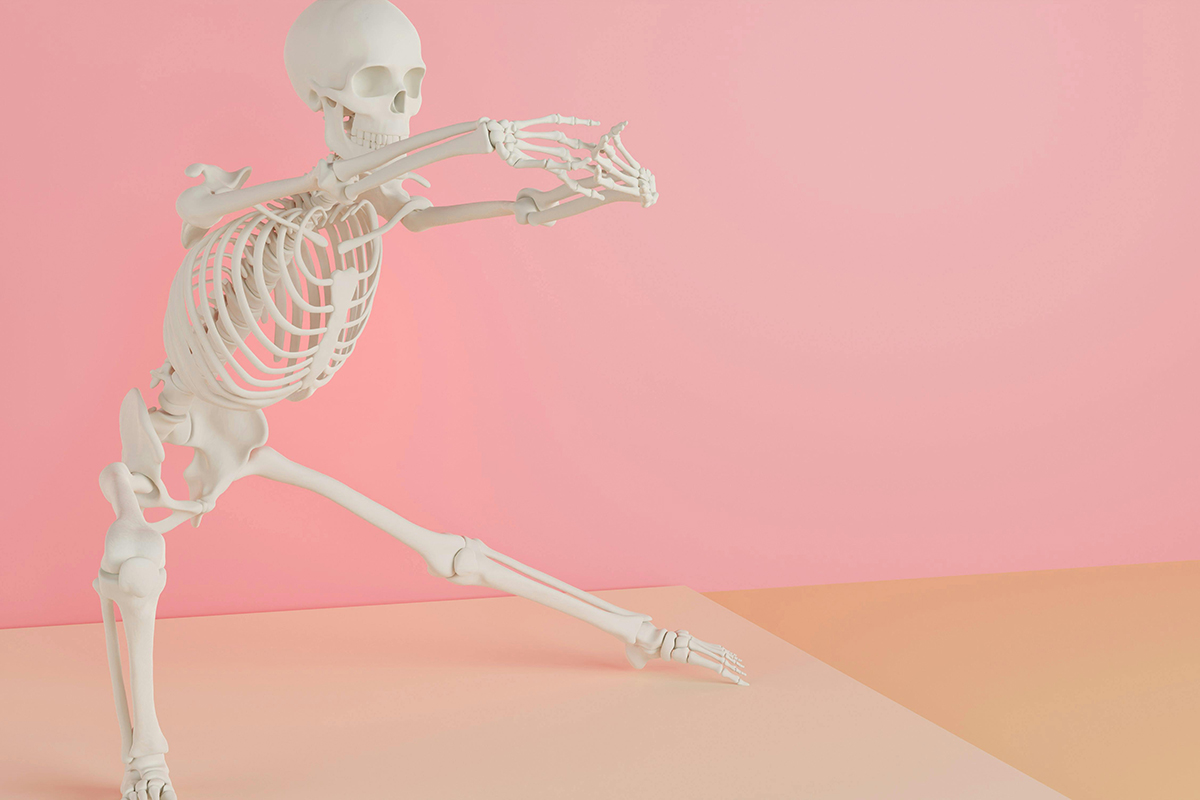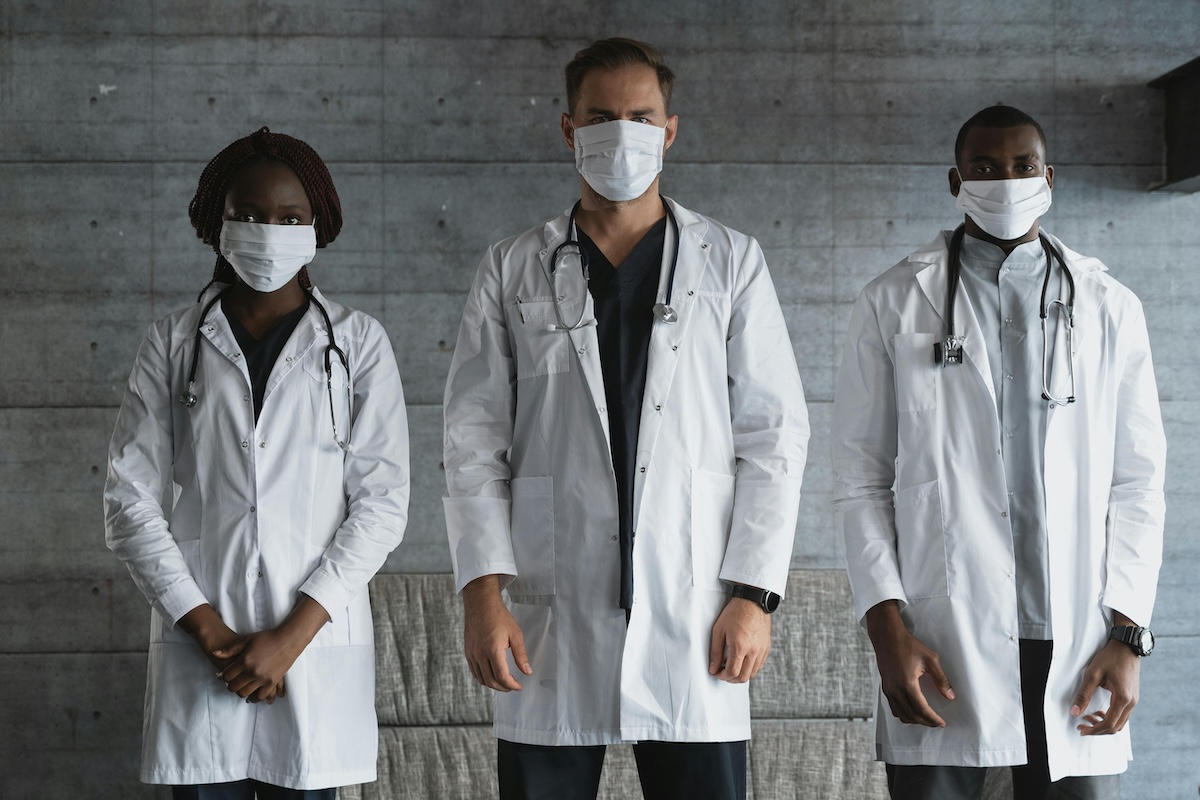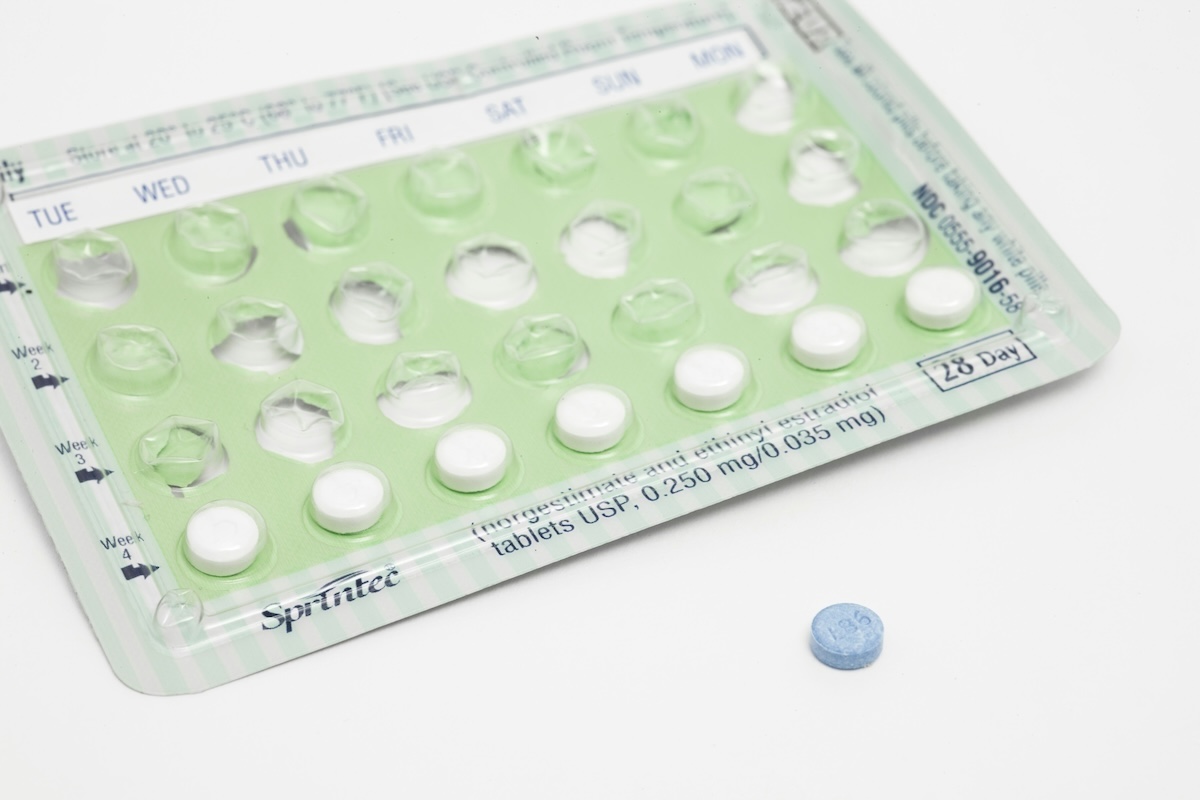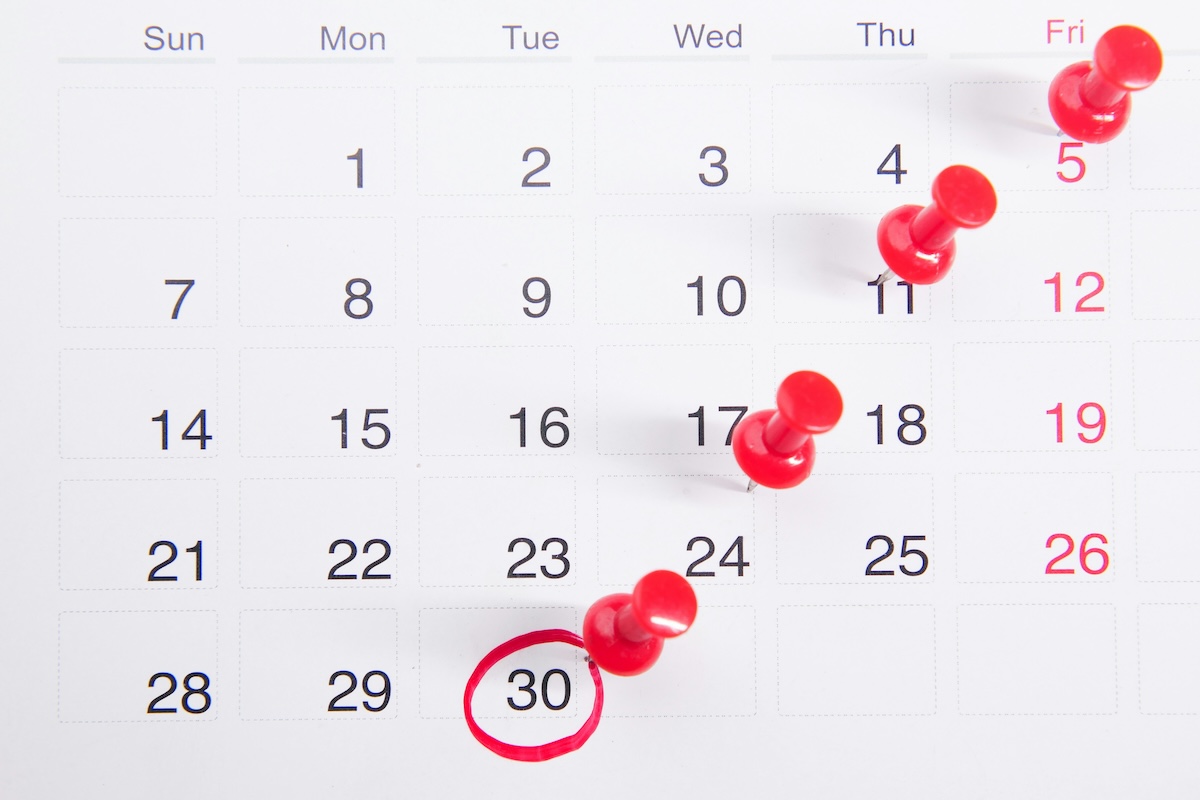There are times when people come to me asking for medications by name, and there are times when patients are desperate to avoid medication at all costs. Osteoporosis falls into the latter category. Nearly all my patients with osteoporosis want to try everything they can to improve their bone density without medication.
Unfortunately, by the time many women see me, their bone density is low and their risk of fracturing their hip or spine is quite high, well over 20% over the next 10 years. Often medication is the only way to reduce that risk effectively.
When I envision my own old age, I want to be active, navigating New York subway steps and continuing to wear heels out to dinner — I actually love high heels. At just 5’3″, I want to keep every fraction of an inch I can for as long as I can. Your goals may be slightly different, but I suspect they don’t include being frail and having limited mobility.
Those of us in our 40s and 50s have a unique opportunity to address our bone health proactively. It is much easier to keep the bone you have strong than to try to build it back up later. What are practical things we can do now to keep our bones strong for decades to come?
What is happening in our bones?
I think it helps to start by understanding normal bone metabolism. Bones appear to be static, but on the cellular level, they are incredibly dynamic. Under the influence of hormones, particularly estrogen, bones are constantly remodeling: breaking down old bone and replacing it with new bone.
Think of your bone as an endless home remodeling project — I know, the stuff of nightmares, but stick with me. The demolition crew comes in and rips out the bathroom. Then the building crew comes and replaces the drywall, puts in new plumbing, and paints. Meanwhile the demo crew has moved on to the kitchen. This remodeling is critical to bone health.

The strength and density of our bones is dynamic too. Our body starts mineralizing our bones — that is, hardening them by depositing a mix of calcium, phosphorus, oxygen, and hydrogen into a mold of sorts — before we are born. Our bones continue to grow until puberty, when estrogen causes our growth plates to fuse, and we continue to mineralize bone until about age 30.
From age 30 until menopause, the total mineral content of our bone — our bone density — is roughly stable, although the endless remodeling continues. Estrogen keeps the demo crew and the building crew working at the same pace so that as soon as one area is demoed, the builders are there to put it back together.
With menopause, our estrogen levels drop. Without estrogen, the demo crew starts to work unchecked, ripping out the bathrooms and tearing out walls faster than the building crew can put things back together. This leads to a steep drop in bone density. Luckily, this drop lasts for only about five years.
After those first five years of menopause, we still lose bone density, though much more gradually. But over time, if there is too much demolition, the structure of our bone is compromised and prone to breaks.
The keys to avoiding osteoporosis are to reach the highest possible peak bone mass and then to prevent as much bone loss as possible.
How can we maximize our peak bone mass?
If you are reading this, you, like me, have likely already reached your peak bone mass, but I still think it is helpful to know what factors affect it. As with so many things, some factors are within our control, but most are not.
Because estrogen plays such a huge role in bone metabolism, anything that increases our bones’ exposure to estrogen increases peak bone mass, including having your first menstrual period earlier and pregnancy.
Poor nutrition that leads to inadequate fat mass lowers estrogen, both because fat is an endocrine organ that produces estrogen and because inadequate nutrition triggers the hypothalamus and pituitary gland to stop ovulation, which leads to very low estrogen levels. That low estrogen will result in low peak bone mass.
Genetics also plays a role in our peak bone mass.
One of the things we can control that helps to increase bone mass is physical activity. When our muscles pull on our bones, the stress creates tiny cracks in our bones. Those cracks signal the remodeling crew to come in and remodel that bone, making it stronger. Stressing our bones with physical activity can increase bone density at any age.
Walking and running, whether specifically as exercise or just as part of daily life, is great for the bone density in our lower body, especially our legs and hips. But many women do not get enough weight-bearing exercise for their upper bodies. This is yet another reason to invest some time in strength training. I recommend at least 30 minutes of strength training twice per week on non-consecutive days.
How can we minimize bone loss?
Now let’s consider the other side of the coin. How can you keep the bone you have? The good news here is that there is more within our control.
Smoking nicotine hastens bone loss. Not smoking is one of the best things we can do to keep our bones strong.
Heavy alcohol consumption — defined in most studies as more than two drinks per day — is associated with increased risk of osteoporosis. The connection between moderate alcohol consumption and bone density is less clear. There are several challenges in interpreting this data. Studies of alcohol consumption typically rely on reported consumption of alcohol, and it is difficult to control for all the other differences that might exist between those participants who drink heavily and those who drink moderately or not at all. But if you are consuming more than two alcoholic drinks per day, you may consider cutting back.
Calcium and vitamin D consumption help maintain bone density. We used to think that more is better when it comes to calcium intake, but studies show that too much calcium can result in calcium where you don’t want it, lining your arteries. I recommend getting about 1,200 milligrams of calcium a day. Most of my patients can reliably get about 600 mg daily from their diet, and they supplement with 600 mg from a calcium supplement.
The data on vitamin D is less clear. On one hand, we know that vitamin D is important for absorbing calcium. On the other hand, studies of vitamin D supplementation have not been shown to reduce the risk of fractures. Adding vitamin D to calcium supplementation may be beneficial. However, if your vitamin D levels are low, repleting levels appears to improve bone health.
Given how important estrogen is for bone health, does taking estrogen in the form of hormone replacement therapy (HRT) prevent bone loss? Here the benefits of estrogen are clear. Even before the Women’s Health Initiative showed that both estrogen and estrogen plus progesterone decrease the risk of low bone mass, osteoporosis doctors and researchers hypothesized that it would.
While preventing bone loss alone is not an indication to take HRT, bone health should be one consideration a woman and her doctor should consider when deciding whether it is an appropriate choice for her.
The bottom line
- Our bones are dynamic, constantly remodeling. That remodeling is critical to bone health and strength.
- Estrogen plays a big role in modulating bone remodeling and bone density.
- Good nutrition, weight-bearing exercise, adequate calcium and vitamin D intake, smoking cessation, and estrogen as hormone replacement therapy can all help maintain bone health.





















Log in